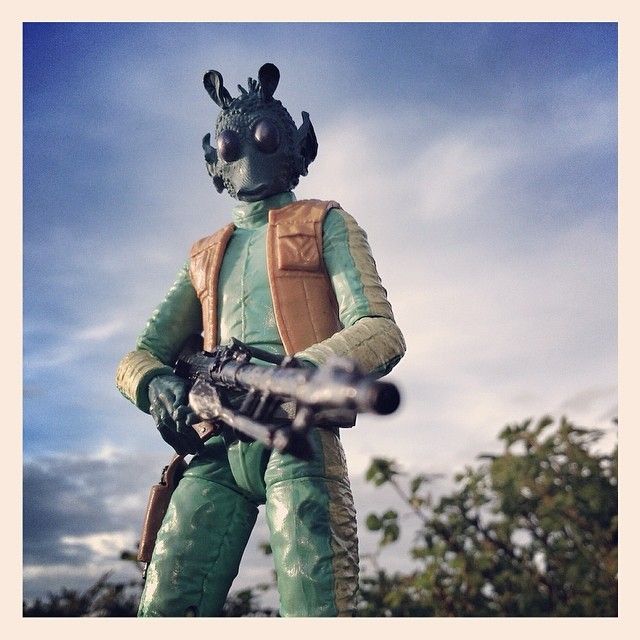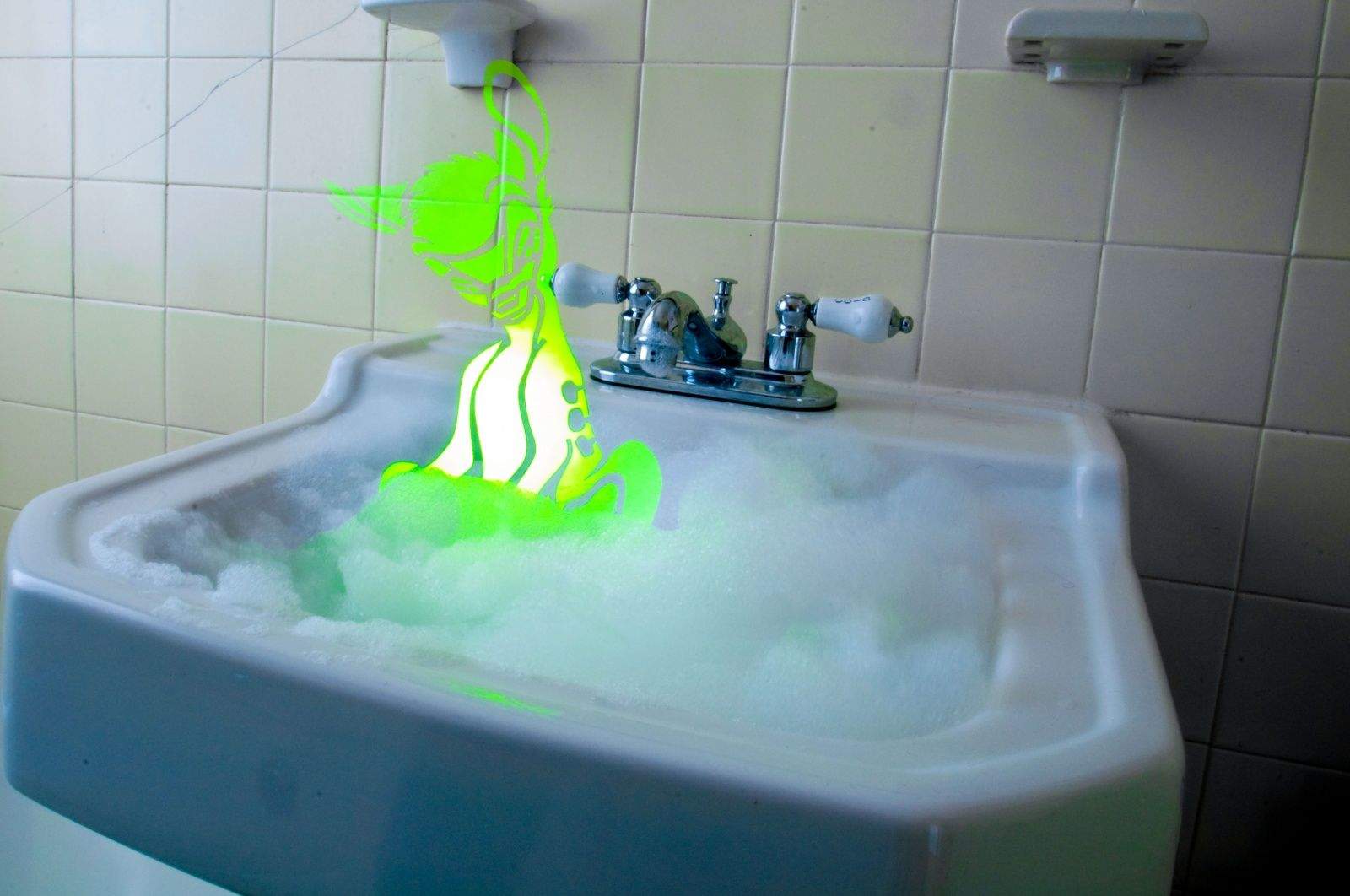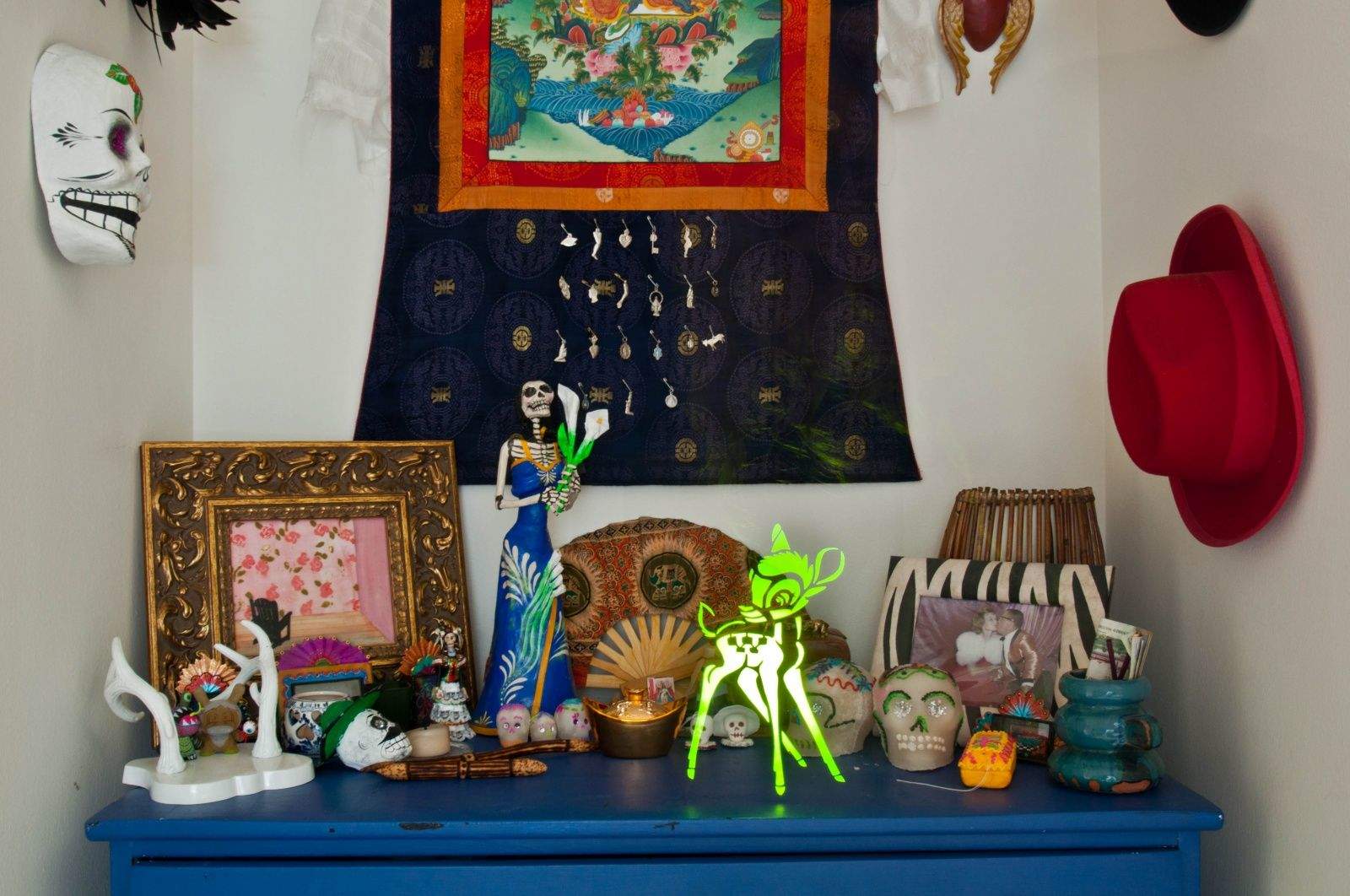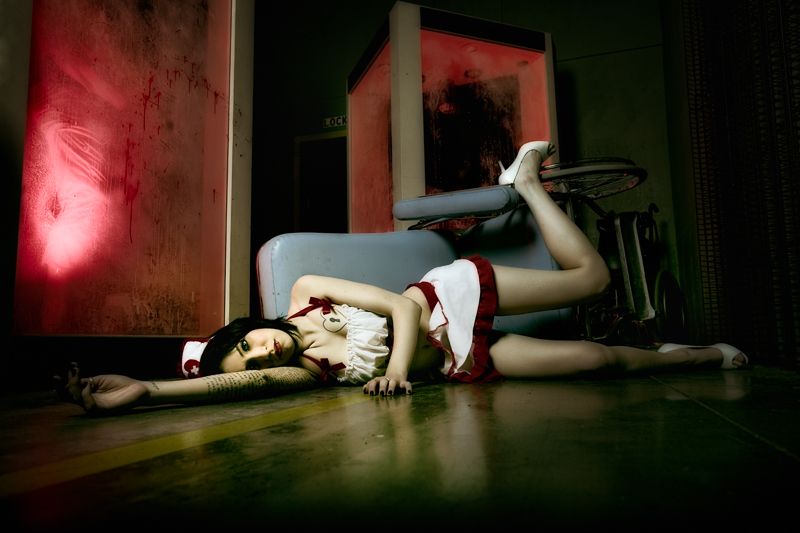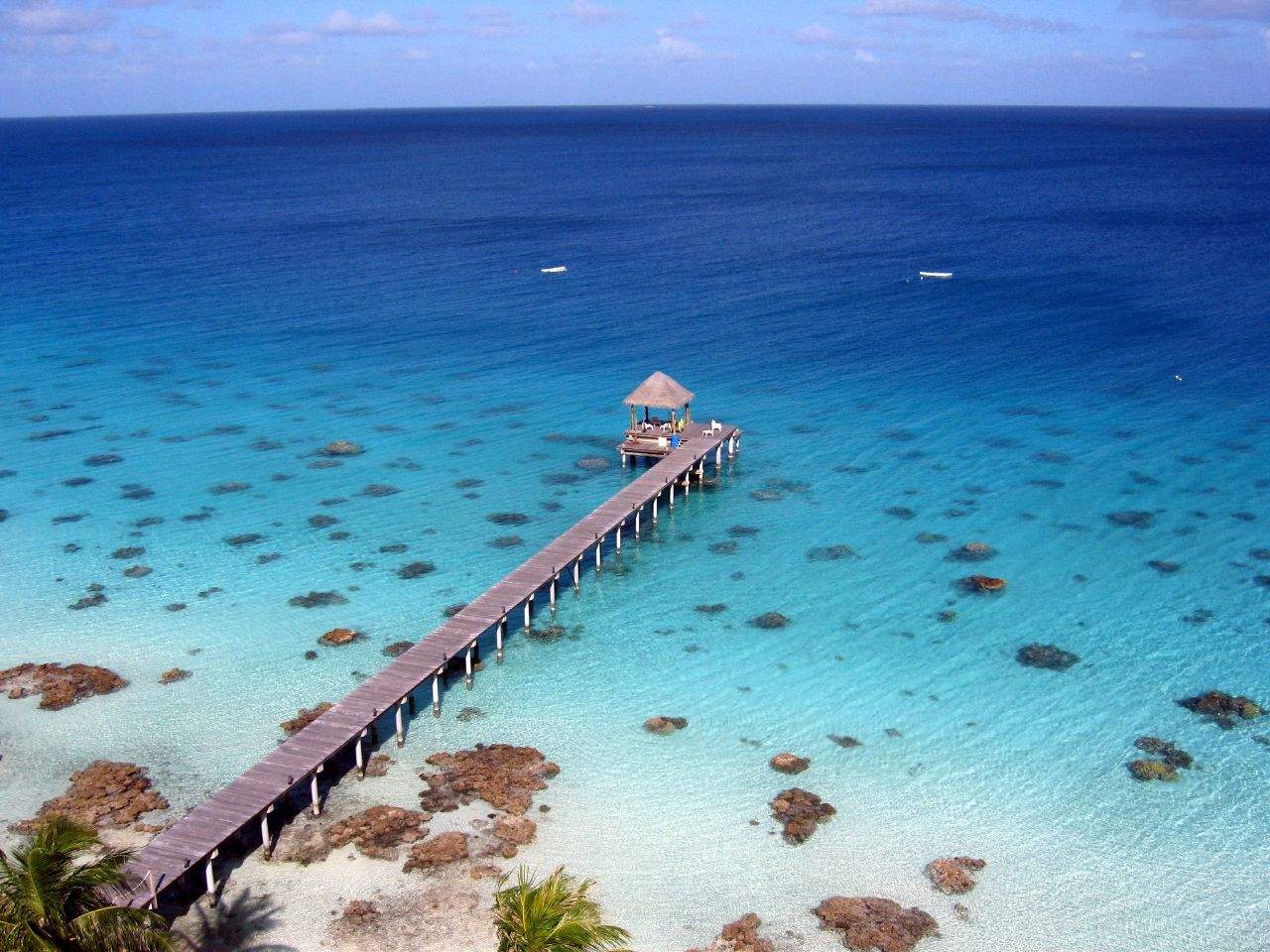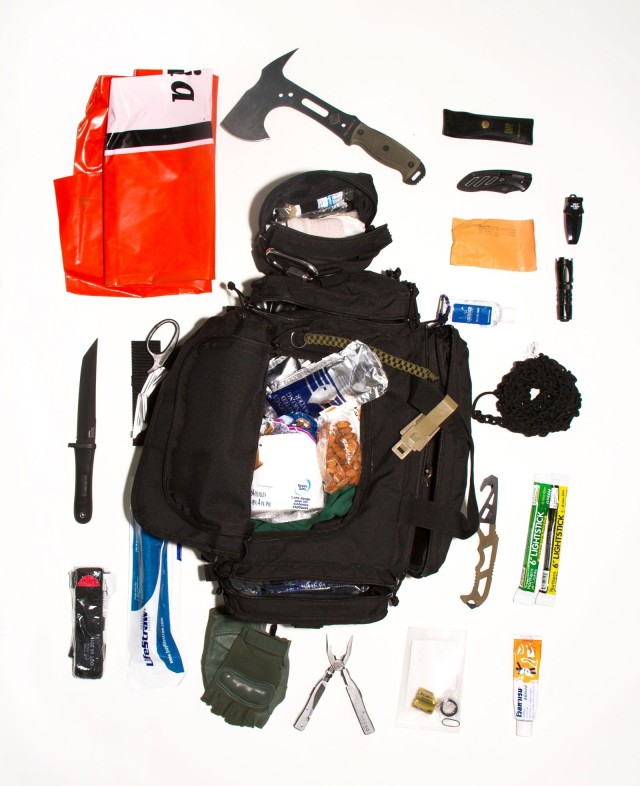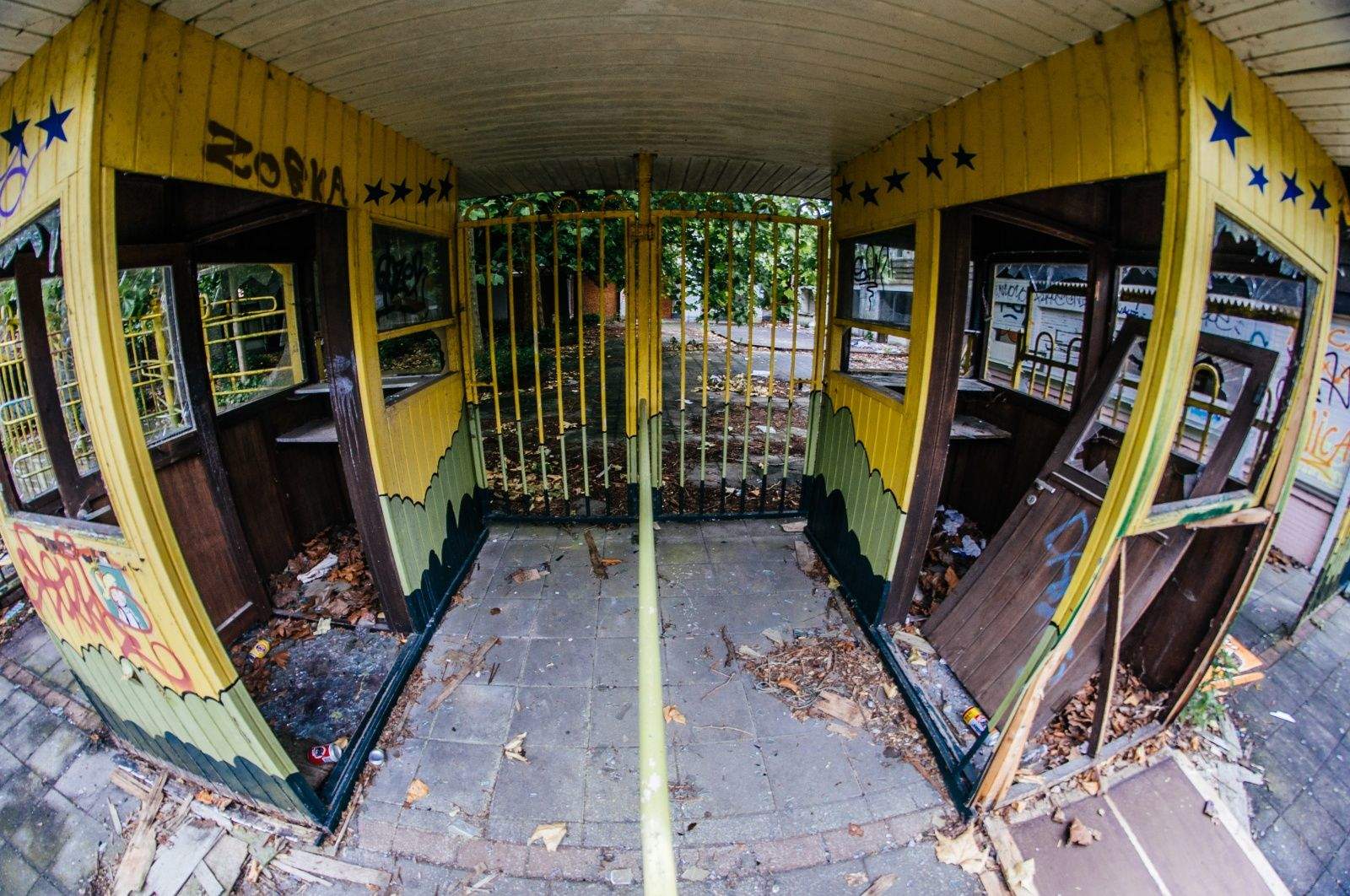Real life gets old real quick. Work, chores, traffic jams, monotony — all the details of the daily grind infect the human body and build into a fever that only breaks when bags get packed.
The search for diversion leads to amusement parks and roadside wonders, roller coasters and stage extravaganzas. Kids can be kids, adults can be kids again, and sometimes, David Walter Banks is on hand to capture fantasy becoming reality with behind-the-scenes images that cast new light on tourist attractions.
Such moments of cognitive dissonance comprise The Fourth Wall. The entertainment industry takes in billions annually but even the most luxurious resorts and casinos provide an imperfect illusion. Visitors fill the gaps between animatronics and costumes with their own imagination, and the disconnect beats at the heart of Banks’ photo project.
“I love the idea of these places,” he says. “As adults, so many of us have lost our wonder and given up our urge to chase dreams. In a way, these places invite the adult population to chase an outlandish dream once more, even if only for a fleeting moment. Even if it’s plastic and cracked and they know it is all fake. They are still getting up, putting on their tennis shoes, and going out in search of magic.”

